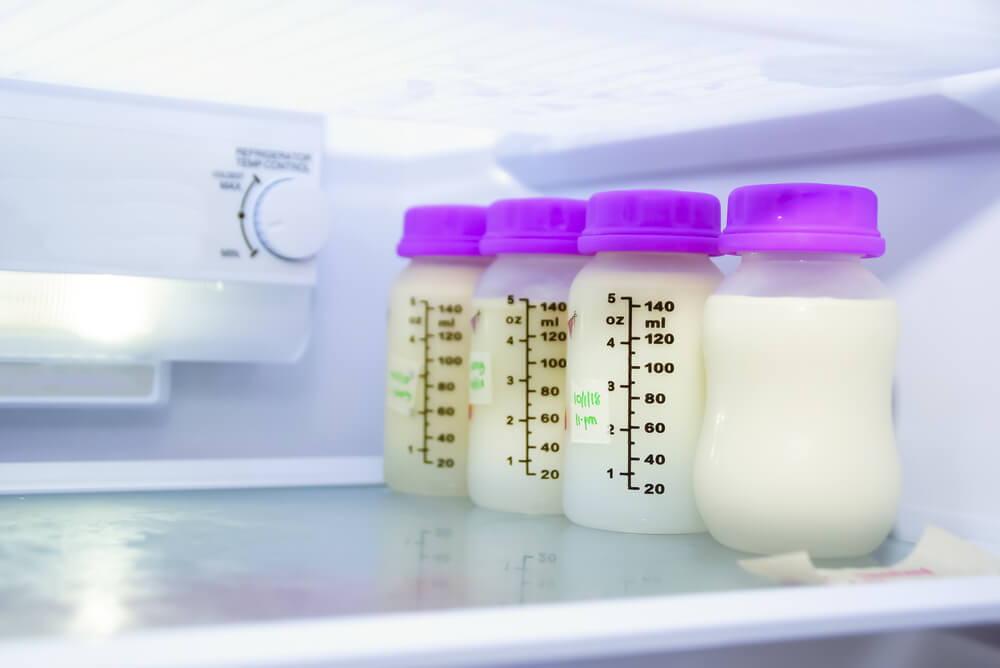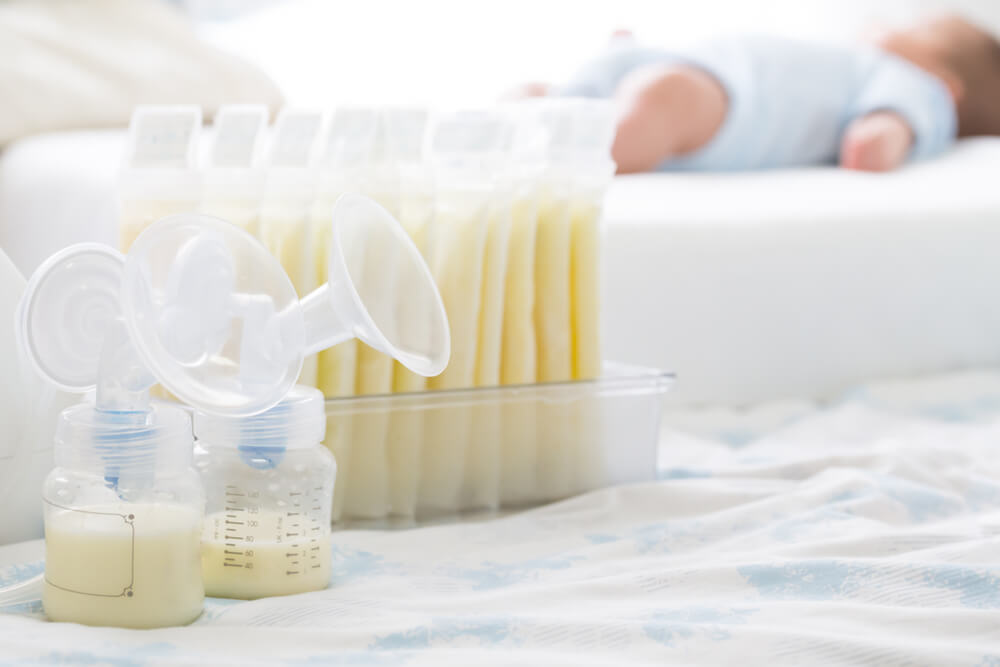As a new mother, you might have a couple of questions regarding breast milk and breast milk storage. How long can it stay in the fridge? Is it okay to freeze it? How long should you leave it at room temperature? Storing breast milk lets you have it ready whenever your baby needs it. As such, you must understand how to store breast milk safely.
In this article, the experts at My OBGYN Specialists have put together all the necessary information you need to know about breast milk storage and keeping it safe to consume for your little bundle of joy.
Proper Breast Milk Storage
Fortunately, you can store breast milk in the fridge, in the freezer, and at room temperature. Still, you should know that each storing method will have different timeframes you should know about, and it’s essential to follow each pertaining guideline before storing the milk.
For starters, you should know about the proper containers for breast milk storage. You have several options in this regard, and it’s crucial to decide where you’ll want to store the containers and determine the timeframe you’ll want to keep them.
On that note, the best approach is to store only small amounts of breast milk (no more than two to four ounces) to limit milk waste. You should also opt for the following storing options:
Containers Made from Glass
Glass containers are the best choice for freezing milk as they better preserve milk components. However, glass containers may be less convenient due to the risk of breakage and might not be accepted in some childcare centers.

Containers Made from Hard-Sided Clear Plastic
These containers are a glass substitute. Ensure that you use clear plastic bottles for storing breast milk and avoid BPA-containing bottles (look for bottles without the “7” recycle symbol).
Freezer Bags Designed for Storing Breast Milk
Bags are also an option for freezing breast milk. Using bags that are purposefully designed for breast milk freezing is crucial. Among the three options, bags are the most prone to leaking. If you opt for breast milk freezer bags, consider these safety tips:
- If you are using thinner storage bags, use two of them.
- All storage bags should be in a storage container made of hard plastic, with a lid on it, when put in the freezer.
- Avoid using bottle liners or ordinary storage bags as a means to store breast milk. Use nursery bags specifically designed for this purpose.
- When warming the bag, ensure that the water level does make the bag sink completely to prevent contamination. If the water appears cloudy during warming, it may have leaked, and the bag of milk should be discarded.
- Regardless of the chosen option, it is essential to check for a tight seal on the container, whether it’s the lid of a container or the seam of a freezer bag before you store it.
You can choose any of the options above as long as you ensure that the containers are sealed tightly.
How Long Can Breast Milk Stay in The Fridge?
Typically, you can store breast milk in the fridge for no more than eight days, but experts will say it should be used within days. The temperature is optimal between 32 to 39 degrees F to store the milk properly. Ensure that the containers are labeled with dates and use the older containers first and move up to the newest container.
How Long is Breast Milk Good At Room Temperature?
The duration for which breast milk can be kept in these conditions will depend on the temperature of the room. If the temperature of the room is around 77 degrees F (or even lower), it is recommended to use the breast milk within a four-hour window. However, if the milk is expressed in a hygienic manner, it may be safe for up to eight hours. If your baby does not consume the entire amount during a feeding, you can reuse the milk within two hours without refrigerating it.
About Frozen Breast Milk
Freezing breast milk enables you to extend its storage duration, but it’s essential to consider the frozen type you are using and where you plan to store the milk within it. If you have a device with a devoted compartment for frozen goods, you can safely store frozen milk for three or even three months. However, if your freezer is part of the refrigerator space with a shared door, the recommended storage time for frozen milk is limited to up to a fortnight or two weeks. On the other hand, if you have a deep freezer (a separate one), the breast milk can be stored for much longer, even half a year or longer.
When arranging the containers in the freezer, it’s crucial to avoid storing them in the door rack. Placing the milk in the freezer door exposes it to frequent temperature fluctuations whenever the door is opened or closed. For optimal preservation, it is recommended to position the milk containers near the freezer’s back, further from the door, to prevent any temperature changes.
More About Frozen Breast Milk
There’s no need to worry if your frozen breast milk appears different than when it was fresh. It is typical for stored milk to separate into milk and a cream layer. Additionally, breast milk can naturally vary in color, and this is considered safe. The color range can include shades such as yellow-orange, slightly yellow, green, or even pink.
It’s important to note that breast milk’s color can be influenced by factors such as your diet, hydration, and medications you may be taking. If you ever have concerns about the stored milk’s color, it is advisable to consult your pediatrician and seek guidance before giving it to your child.
Using Stored Breast Milk
As mentioned above, you should always label the container with a date and always use the oldest milk first. This allows you to keep everything organized and keep track of your stocks. Labeling is also highly efficient if you have to take your milk to your child’s care center. In these cases, the date and the name of your baby should be clearly visible.

Extra Tips to Have In Mind
Lastly, here are a few other things to keep in mind:
- Before you handle or express your milk, ensure your hands are clean.
- The containers should also be clean, washed in soapy, hot water, and properly rinsed.
- If you aren’t going to use the milk in the next 24 hours, consider freezing it.
- Label the milk with the date before you store it.
- Mix cooled milk with other cooled or frozen milk, ensuring the amount of cooled milk is small enough not to cause thawing in the frozen batch.
If you have any more questions or concerns, feel free to contact us.


